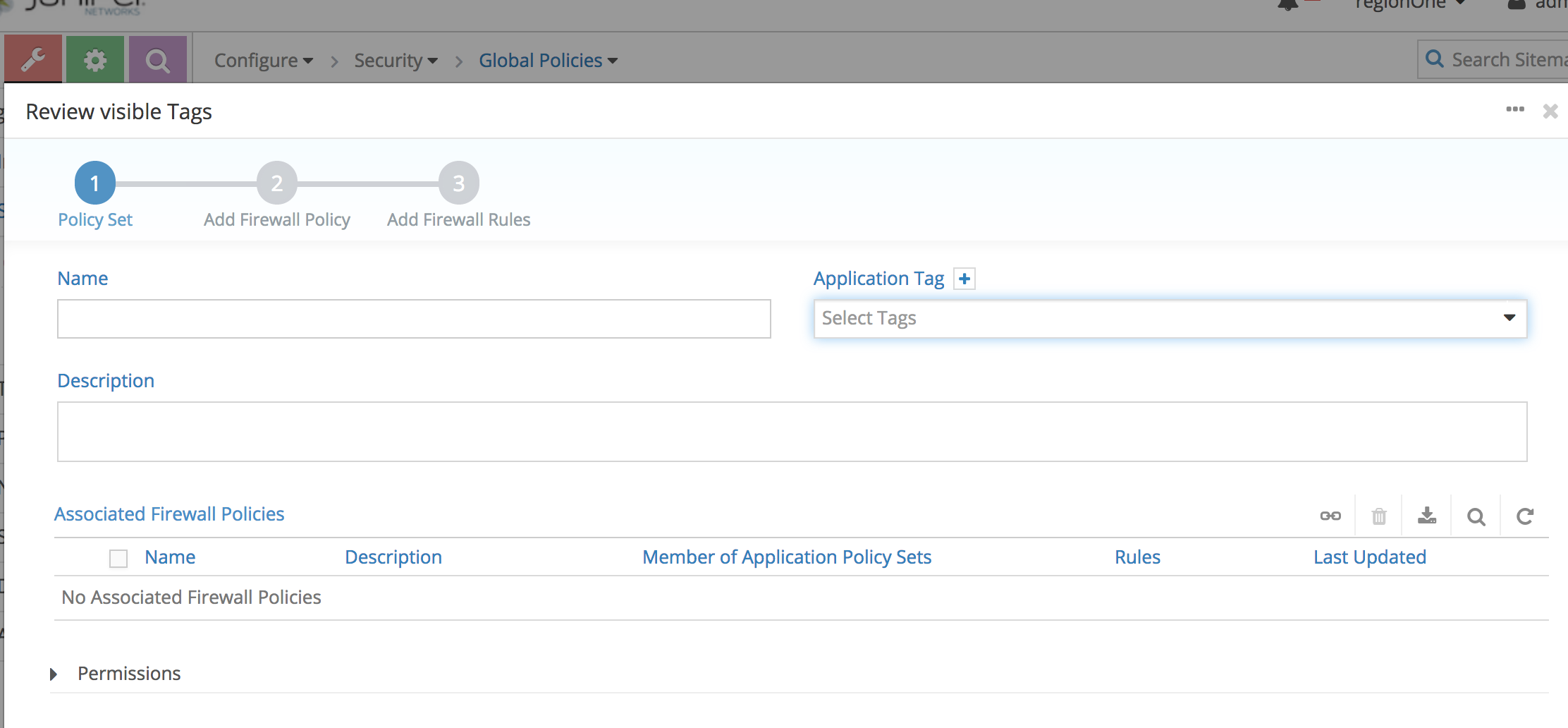A current customer test desired to see how well the AVI Load Balancer scales and as such they used Ixia BreakingPoint to determine the behavior. The point was to see when exactly the AVI Controller tells Openstack to spawn a new Instance of an AVI SE (Avi Load Balancer VM that holds a VIP and pool members reachable behind it) and how this process goes.
Following setups were tested:
- AVI LB VMs doing BGP (BGPaaS) with the Contrail vRouter and announcing VIPs
- AVI Controller being configured to spawn AVI SEs / LB VMs but using the inbuilt ECMP/AAP features of Contrail (yes, if you are asking yourselves, the VIP does not have to be from the same subnet as the AVI LB directly connected one to the vRouter)
- AVI LB VMs doing BGP Multihop with the SDN GW inside a VRF (this means that the SDN GW learns the prefixes and reuses the same LSP/label for transport/VPN as it already has for the directly connected IP of the AVI LB VM that originated the prefix)

